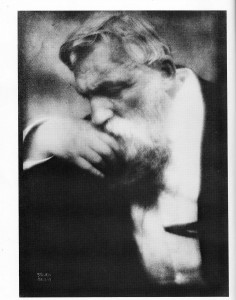
Edward Steichen’s “Portrait of Rodin”
In the late Nineteenth Century there was a schism in photography: There were those who used it as a documentary tool and there were those who used it to make “art.” Rodin worked for many years with photographers and used their documentary photographs as a means to literally and figuratively “stand back” from his work in order to consider it from a physical and psychological distance. The archives of the Musée Rodin are filled with such photographs, often emended by Rodin with penciled indications of changes to make in the sculpture.
Edward Steichen, a young American photographer, greatly admired Rodin. In the years 1900-1902 he visited the French sculptor and made a number of manipulated photographs that are memorable for their atmospheric effects and relation to Symbolist painting. This portrait of Rodin is as much a picture of how the sculptor looked as it is of the sculptor’s mind deeply in thought.
The art world – even then – was a small world. Steichen exhibited his photographs at his friend Alfred Stieglitz’s pioneering photography gallery, 291: The Little Gallery of the Photo-Secession, which was at 291 Fifth Avenue in New York. Steichen was one of the Gallery’s most active artists and his photographs became enormously influential. Steichen was also one of Rodin’s most ardent promoters in America. He and Gallery owner Stieglitz were determined that 291 would show Rodin’s work, and the first show there of artworks other than photographs featured 58 Rodin drawings of female nudes. Incidentally, the show was controversial, less so for any eroticism than for whether these were “finished” drawings.
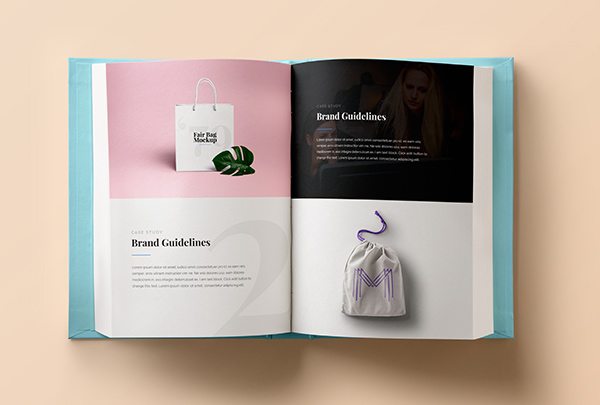
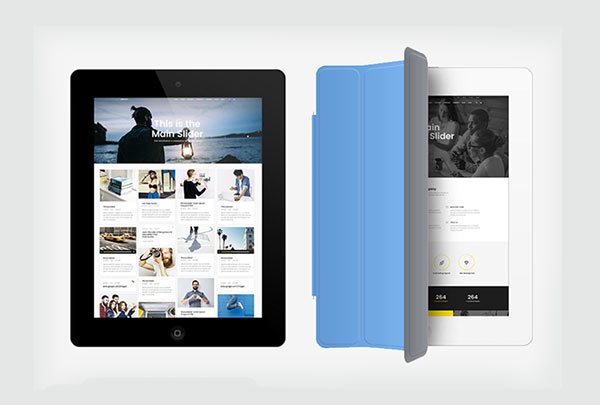
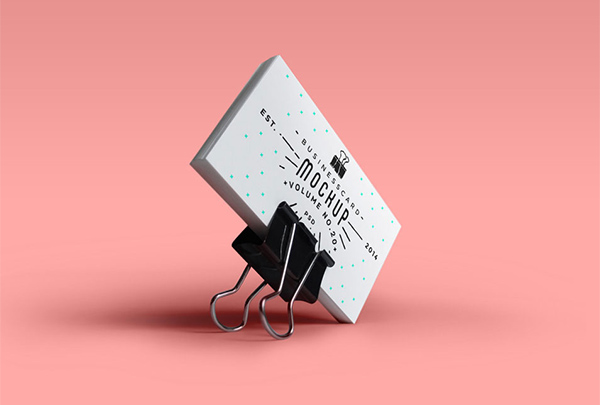


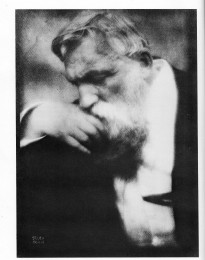
No Comments